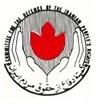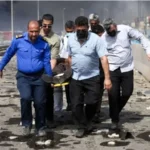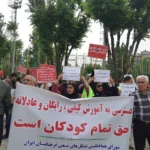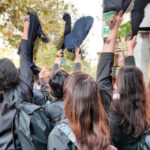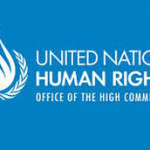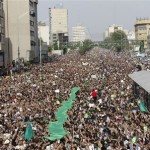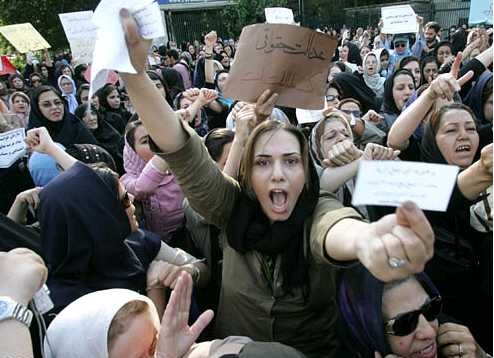
Iran: the people vs. dictatorship, for peace and popular sovereignty
Speech by Azar Sepehr, 16 May 2023
Working class organisations and trade unions have just celebrated international workers’ day, at a time when the chasm between the rights and privileges of the superrich in power and the lives of hardship endured by the ordinary people and the working class is at its most stark. Ordinary rights and freedoms are being attacked by capitalism’s drive to accumulate more wealth for the few in power, assisted by the neoliberal agenda dominating state policies in most countries across the world.
In Iran these struggles have been compounded by reactionary ‘Political Islam’ that set its agenda as a socially backward system of medieval rules with one individual acting as the ‘Supreme Leader’ and Jurist. Curtailing women’s rights in all spheres is the defining feature of the Islamic Republic and its ‘Political Islam’ ideology. The Islamic Republic’s linchpin policy was the law of retribution which deems a woman’s worth to be half a man. The introduction of this law has had destructive consequences and has impacted women in the home, in the social arena, in education, the judiciary and in political life. The most precise way of describing the regime’s stance towards women is misogynistic, with all the aggression and violence that it implies.
The Islamic Republic’s achievements have included taking away the right of custody of children in case of divorce, making it a legal requirement for women to have the permission of a male guardian before they can work or travel, a woman’s witness statement being counted as half a man’s in the court of law, with clear repercussions for a female victim seeking justice against a male aggressor, a woman’s entitlement being half that of a man in case of inheritance, legalising child marriage at the age of 9 for girls, (subsequently raised to 13 years) with its horrendous consequences for the child victim, and of course the mandatory hejab.
The segregation of women and men in education and in health has further disadvantaged women and curtailed their access to services. The Islamic Republic treats women as an appendage to men. In November 2021, the Guardian Council passed the ‘Youthful Population and Protection of Family Law” severely restricting access to contraceptives and abortion, the latter being punishable as a serious offence.
It was against this backdrop that the nationwide protests of Woman, Life, Freedom which began in September following the killing of Mahsa Amini in the custody of the Guidance Patrol. The regime’s brutal response to the protesters, led mainly by women and supported by students, turned the protests into a widespread uprising drawing support from all strata of the society, calling for an end to the mandatory hejab, and soon encompassing demands for social and political change.
Tens of thousands of people were arrested during the protests, including schoolchildren who took part in the demonstrations. Between 500-600 have been reported killed. An unknown number have been injured and maimed by the regime’s security forces and plain-clothes thugs, or in prisons and under torture.
In the aftermath of the uprising, the Islamic Republic is using new strategies to re-establish order. Multitude surveillance cameras have been installed at massive cost to identify, fine, and punish women who do not wear the headscarf or have so-called bad hejab. The oppressive Shari’a practice of ‘enjoining good and forbidding the banned’ which consists of vigilantism by the believers, has meant that the regime has outsourced its repression of women to reactionary zealots in the society. The Supreme Leader’s pronouncements to this effect have become ‘fire at will’ directives when confronting women who do not wear the headscarf.
Despite their continued persecution, the women of Iran are continuing their acts of civil disobedience by refusing to wear the hejab, wherever they can. The streets, the metro, universities, and grocery stores continue to be scenes of struggle. Women challenge the men or women who try to make them wear the hejab. In response the regime shuts down businesses that do not refuse to serve women without hejab. Female students who try to enter their university without the scarf are refused entry.
The commander of the armed forces, Ahmad Reza Radan, announced in April that anyone who removes their scarf in public, in their car, or in places of business, will be brought before the courts.
The regime’s anger at women and girls’ prominent role in the uprising has led to heinous acts against them. Continued chemical attacks on girls’ schools and some female students’ dormitories are aimed at punishing and terrorising the people of Iran and discouraging parents from sending their daughters to school. More than 1200 children are reported to have been affected by poison gas attacks for which the state is ultimately responsible. The response to concerned parents is abuse and beatings. No attempt has been made at identifying the perpetrators of the poisoning.
The prisons have been another scene of struggle, where reports of torture and rape is commonplace. In December 2022 when the protests were at their peak, Narges Mohammadi issued a statement from prison, highlighting several cases of rape to draw attention to how the regime uses sexual assault and violence as a means of terrorising women (and men) and their families. One of the cases she referred to was of a new cellmate who was kidnapped from the street, without any involvement in demonstrations, and who had been sexually assaulted in the car while being transported to prison. The prisoners staged sit-ins in protest. Four days later the young prisoner was forcibly transferred to the remote Qarchak prison.
Women, alongside men, have joined protests at their working and living conditions, as well as at the dictatorship and corruption of the state. They have done so as nurses, teachers, workers, university students, lawyers, journalists, artists, actors, athletes.
In Kurdistan and Sistan and Baluchestan provinces, in protests and strikes by the workers, teachers, retirees, students, and even in political prisons, the people of Iran are calling for an end to dictatorship and for democracy, freedom and social justice.
With its own ‘Shock and Awe tactic’, the regime has re-started chain executions across Iran in a cruel and macabre choreography of death. In early April two men were executed on the charge of insulting the prophet. One was a father of three young children and the other was a cabinetmaker and sole carer of her elderly mother. They had been part of a group of seven men and women who were arrested for hosting a telegram channel named “Critique of Religion and Superstition”. In a recent statement a group of 16 women activists, point out that in 12 days since mid-April the regime has executed 64 people in different parts of the country charged with different crime. These include an odd mix of disrespecting the religion, political activity, or drug charges.
We, the Democratic Organisation of Iranian Women (DOIW) unequivocally support and reiterate those demands and repeat our call for the immediate and unconditional freedom of all political prisoners and for an end to the regime’s summary trials and executions.
16/05/2023

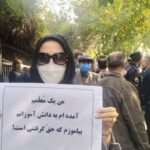
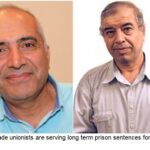
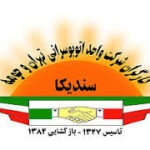

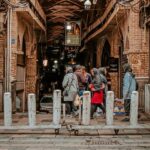
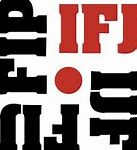



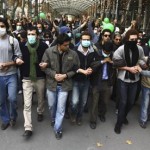
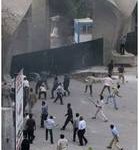
 Posted in
Posted in 